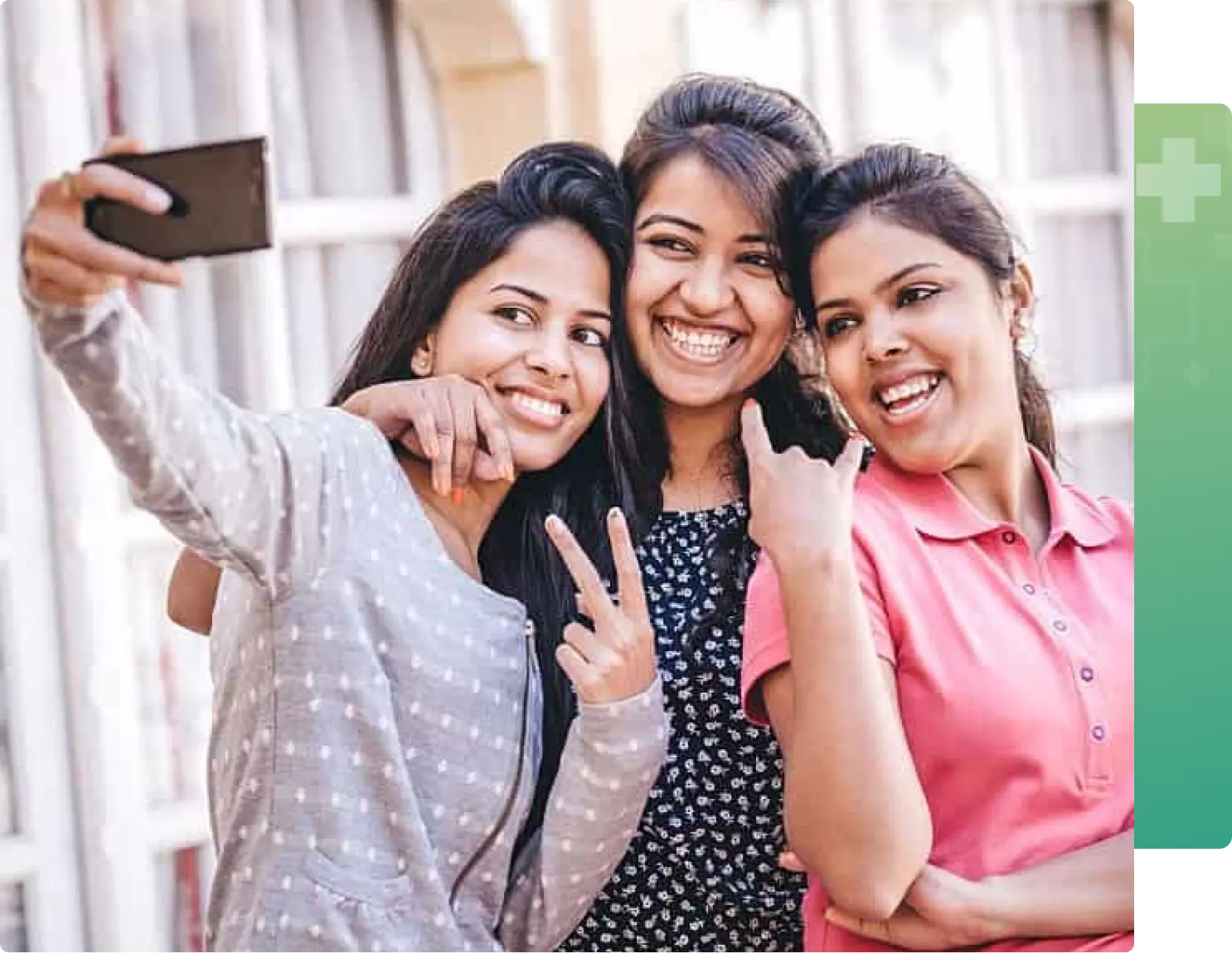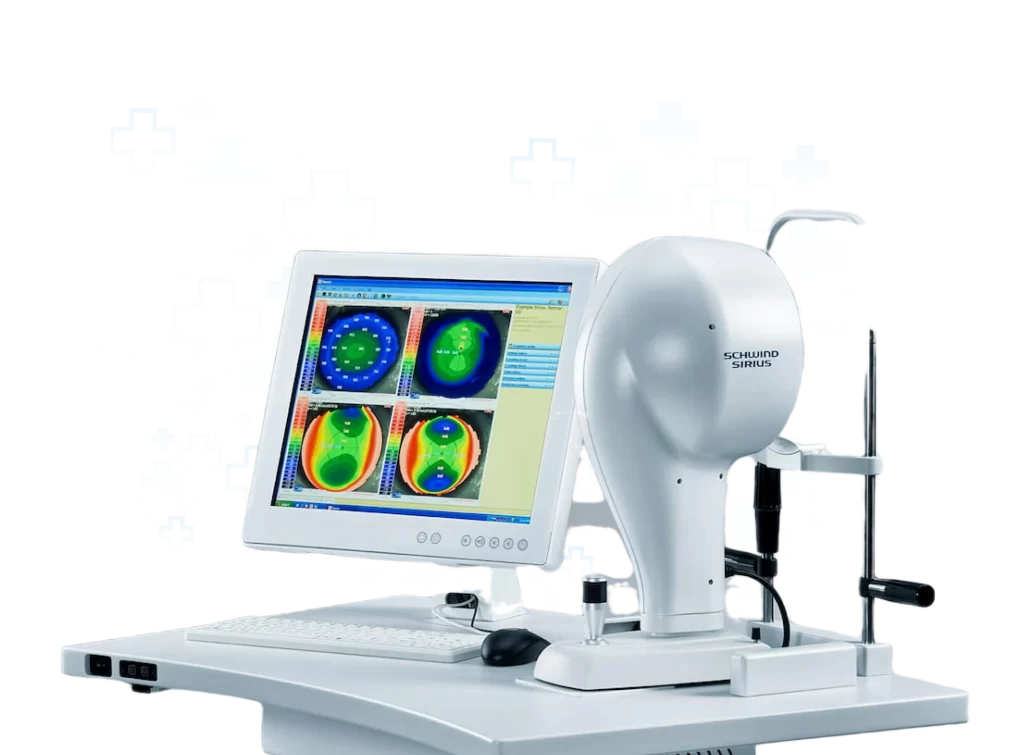At work, play, or to look your best, Femtosecond LASIK may just be what you are looking for.
Femtosecond LASIK (Laser-Assisted In Situ Keratomileusis) is the most commonly performed refractive procedure, which involves reshaping the cornea with a laser. Also called Bladeless LASIK or Blade-Free LASIK, your surgeon here uses two types of lasers — first, an ultra-fast femtosecond laser to create a thin flap on the surface of the eye, a “door,” through which they then use an excimer laser to reshape the underlying corneal tissue to correct your vision. This flap, or the door, is then returned to its original position, and your eyes heal on their own.
It is considered to be the most effective, precise, predictable, safe, and patient-friendly option for laser vision correction. It is suitable for patients with mild to moderate amounts of myopia, hyperopia, and astigmatism.


The femtosecond laser is used for the initial part of the LASIK surgery when the corneal flap is prepared. The surgeon then switches to an excimer laser to achieve the corneal ablation and correct the visual disorder.

A special contact glass is placed on the eye for the laser pulses to pass through and focus into the cornea. The surgeon uses a microscope to follow the progress of flap creation.

After the cut is completed, the contact glass is removed. Using a fine instrument, the flap is folded back exposing the stromal bed of the cornea.

At the point, the excimer laser is used for the corneal ablation to correct the nearsightedness, farsightedness and/or astigmatism. When the ablation is completed, the flap is folded back and it adheres tightly to the stromal bed without the need for sutures.
LASIK stands for Laser-Assisted In Situ Keratomileusis, a type of keratorefractive surgery performed to correct refractive errors.
Yes, you can definitely drive after LASIK.
Based on your, refractive error, corneal curavature and thickness the type of LASIK best suited for your eye is chosen amongst:
LASIK is an outpatient procedure — you can go home the same day. Post-operative drops are prescribed and must be used diligently. Eye rubbing, strenuous exercises, and excessive coughing should be avoided after surgery.
The recovery starts from day 1 and is complete by the end of 1 month post surgery.
Some patients may experience dryness in the eye and glare post surgery.
Visit our website and YouTube channel
Most patients do not experience any pain during LASIK surgery.
Lasik surgery risks range from flap loss to infections. However these complications are extremely rare in the hands of best of refractive surgeons.
Same as contoura.
Your refractive surgeon will decide the best suited procedure for you based on your corneal thickness and curvatural profile.
Visit our website, FB page and YouTube channel